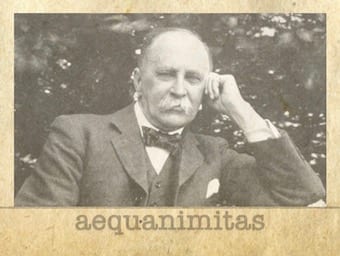
Tomisaku Kawasaki
Tomisaku Kawasaki 川崎 富作 (1925-2020) Japanese pediatrician. Famous for the discovery and ongoing research into Kawasaki Disease (1967)

Tomisaku Kawasaki 川崎 富作 (1925-2020) Japanese pediatrician. Famous for the discovery and ongoing research into Kawasaki Disease (1967)

Otto Heinrich Enoch Becker (1828-1890) was a German ophthalmologist, eponymous with Becker sign, and Becker test for astigmatism.

Henry Earle (1789 - 1838) was an English surgeon. Earle-Volkmann triangle (1829); Fracture bed for management of NOF fractures

Learning about the life of Sir William Osler (1849-1919) is perhaps the ultimate lesson in how to live life and practice medicine. Yet, he doesn’t go to war, he doesn’t fight or kill anyone, he doesn’t change the Fates of…

To truly define the domain of eponymous prolixity we have to understand the 'Who' aspect of naming convention...

Sigbert Josef Maria Ganser (1853 – 1931) was a German psychiatrist. 'Ganser syndrome' an hysterical disorder he first described in 1898
Joseph Jules François Félix Babinski (1857-1932) was a French neurologist. Multiple eponyms including Babinski reflex, Babinski sign, Babinski syndrome

Louis Théophile Joseph Landouzy (1845-1917) was a French neurologist.. Landouzy-Dejerine syndrome and Landouzy syndrome
Ludwig Lichtheim (1845 - 1928) was a German physician.
Antoine Bernard-Jean Marfan (1858 - 1942) was a French pediatrician. Described Marfan syndrome in 1896
Gabriel Anton (1858 - 1933) Austrian neurologist and psychiatrist.

Jens Einar Meulengracht (1887 - 1976) was a Danish physician. Meulengracht ikterus index; Meulengracht diet; Gilbert syndrome